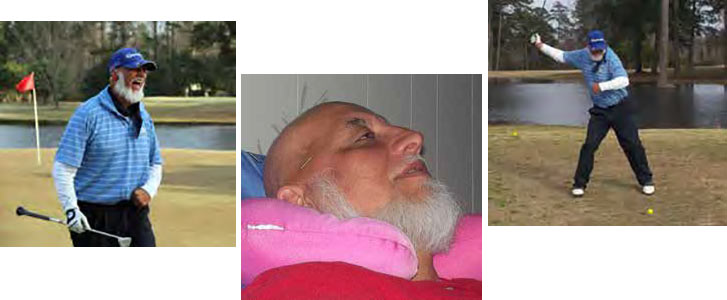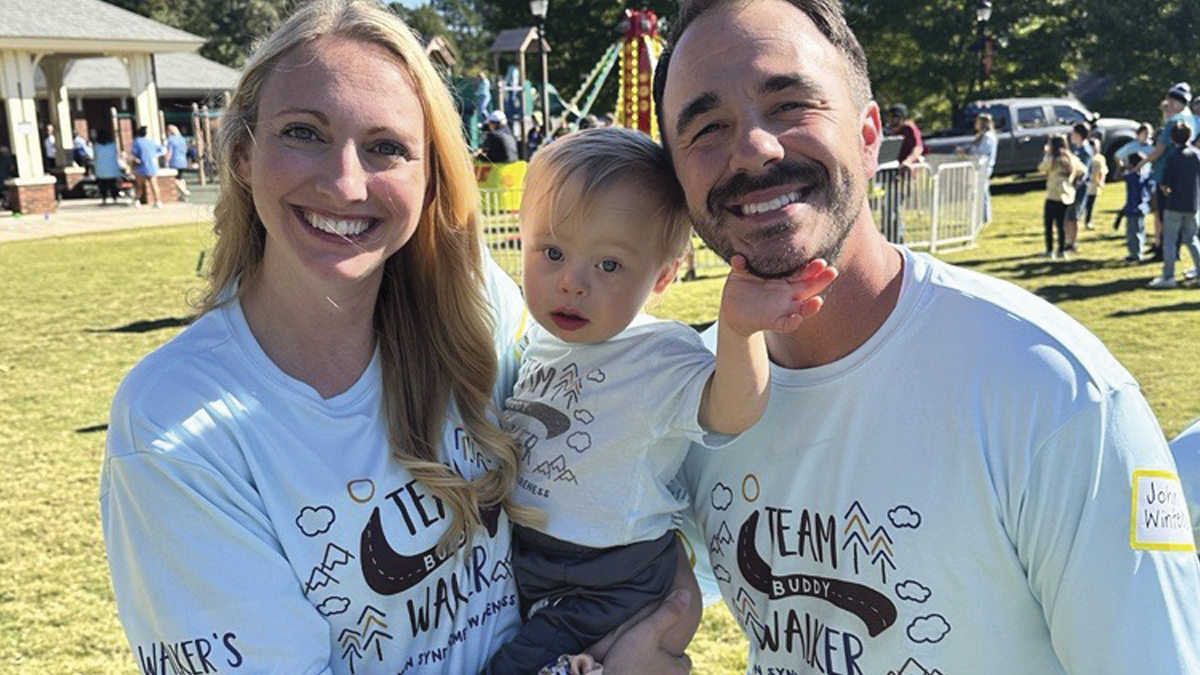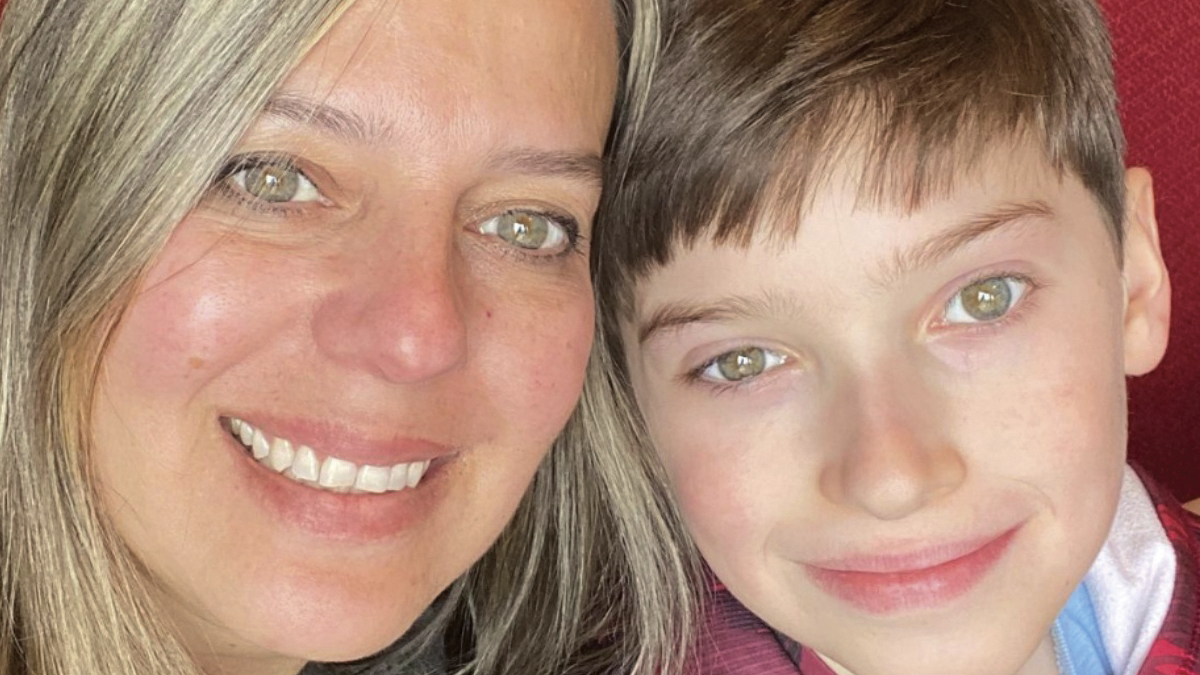
When I first met Fred Gutierrez as he welcomed me to church, I immediately noticed his warm smile. I also quickly noticed that his entire left side was paralyzed and the top of his head had a massive crater in it.After I got to know him, he explained to me that he had suffered a gunshot wound to the head, and the bullet entered his right temple and took a 90 degree turn before it exited the top of his skull. The incident occurred on May 18, 1996, and the wound resulted in a golf ball-sized hole in his temporal lobe and weakness of his entire left side. Amazingly, within a matter of weeks, Fred learned to walk again once he was fitted with an ankle foot orthosis, otherwise known as an AFO brace. Unfortunately, by the late fall that year, he started to experience excruciating pain as spasticity began to set in.
After 16-and-a-half years of trying to manage his pain with prescription medication, Fred learned that Botox could help reduce pain for stroke patients suffering from spasticity. He also learned that many patients who could benefit from Botox injections did not know that was an option.
Fred began receiving Botox injections in October 2012 from neurologist Dr. Gonzalo Revuelta, and the treatments helped transform his life, temporarily alleviating his spasticity and reducing his pain level by 50 percent. In addition, Fred’s gait was instantly more fluid.
Fred learned how to play golf and, amazingly, despite his partial paralysis, walked the golf course for exercise. He told Dr. Revuelta that his goal was to walk 36 holes and shoot in the 80s. Fred credits strenuous exercise with helping him lose 25 pounds, greatly reducing his cholesterol level and allowing him to sleep more soundly at night.
Dr. Revuelta quickly realized that because Fred exerted himself so much while playing golf twice a week that he burned through the Botox at an unusually fast rate. As a result, with the first series of injections, the positive effects wore off two weeks before his next scheduled appointment. Instead of taking prescription painkillers, Fred turned to acupuncture for pain management.
His acupuncturist, Mary Margaret Dobson of Summerville Community Acupuncture, told Fred about scalp acupuncture. When she strategically placed dozens of needles in his scalp, she asked Fred to try and move his left hand. He was able to lift his hand above his head. Next, she asked him to try and move his left leg and he lifted his foot eight inches. Being able to voluntarily move his arm and leg for the first time in nearly 17 years brought him to tears. It was like his central nervous system was rebooted.
Fred continued receiving weekly treatments for the next six months, but, in July of 2013, Dobson recommended switching to scalp acupuncture treatments four days a week to maximize Fred’s amazing progress. Fred gladly agreed to be the test subject, and they met each Tuesday through Friday at 9 a.m.
Over the next month, Fred made amazing progress, regaining binocular vision in his left eye, taste in the left side of his tongue and feeling in the left side of his body. He also was able to switch his anti-seizure medication to Topamax – a milder medication.
In the spring of 2017, after nearly 21 years of his left hand being balled up in a fist, Fred consulted with the doctors at the Charleston VA Hospital, and Dr. Fernando Herrera performed a superficialis to profundus tendon transfer (STP) and resection of the recurrent motor branch of the median nerve in the palm.
Dr. Revuelta added, “Fred is inspirational to all those who interact with him, particularly the members of his care team. He refuses to let his disability hold him back, and he continues to set an example for others with similar challenges. It has been an honor playing a small part in his care.”
For the past five years, Fred has been willing to be the test subject for new and alternative treatments that could potentially improve the quality of life not only for himself but also could potentially help millions of people who develop spasticity after strokes, heart attacks or traumatic brain injuries. He is on a mission to help save as many people as possible from having to experience the pain he endured for so long.
By Rick O’Brien






